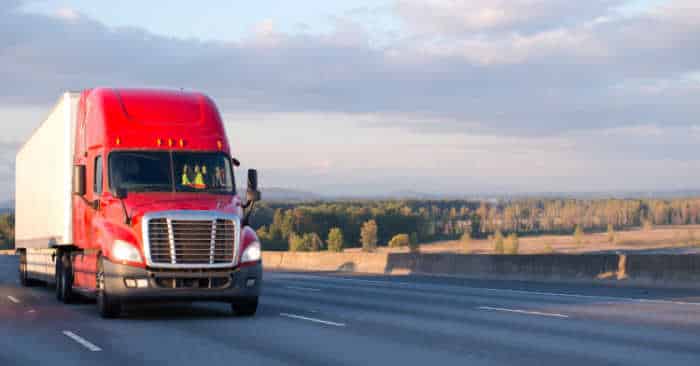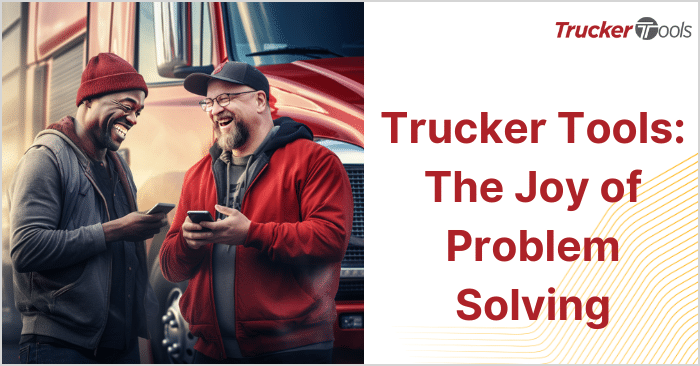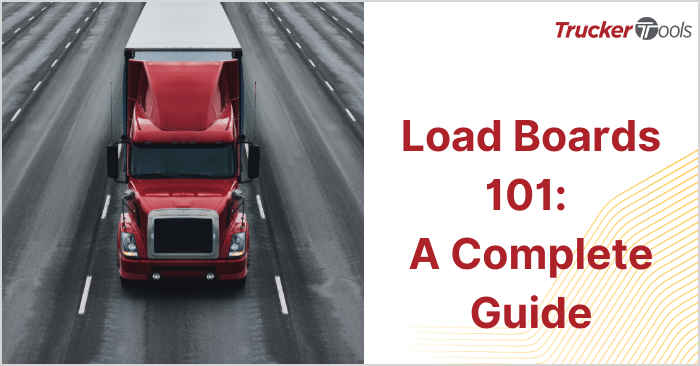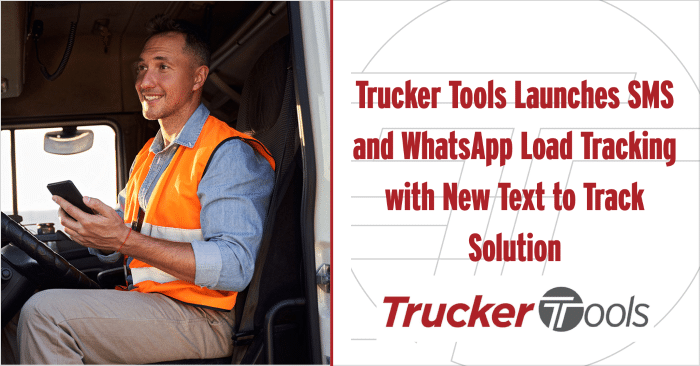It’s March, which means produce season is kicking off in southern Florida and Texas. At the same time, produce imports are flowing into the country across the border from Mexico right now and reefer capacity continues to be in high demand because of the COVID-19 pandemic. Needless to say, it’s a good time to be a reefer driver. Trucker Tools recently had the pleasure of speaking with Kim Loescher, an experienced company driver with Ohio-based Classic Carriers, about hauling refrigerated freight. Kim mostly hauls cold storage, produce and medical supplies. In our interview with Kim, she spoke to us about what she’s learned over the years running refrigerated freight and the mistakes that new reefer drivers often make. Check out Kim’s four produce-hauling tips for reefer drivers.
1. Precool Your Reefer
“The most common mistake people make is not cooling the reefer before you pick up your product because it’s harder to cool once the product is in there,” Kim said. “When you’re pulling reefer loads, you have appointments at set times because they pull their products and keep them at the right temps so that when it loads into your reefer, it’s already at the temperature it should be. The reefer’s job is to maintain that temperature. You can lose loads when you don’t pre-cool your reefer — and that’s a very common mistake for new reefer drivers.”
“The most common mistake people make is not cooling the reefer before you pick up your product because it’s harder to cool once the product is in there,” Kim said. “When you’re pulling reefer loads, you have appointments at set times because they pull their products and keep them at the right temps so that when it loads into your reefer, it’s already at the temperature it should be. The reefer’s job is to maintain that temperature. You can lose loads when you don’t pre-cool your reefer — and that’s a very common mistake for new reefer drivers.”
Kim says that you should never expect or rely on your reefer to bring the temperature of the produce down, as the trailers are designed to maintain temperatures, not change them.
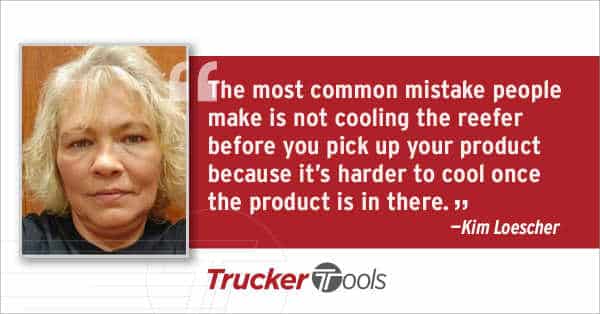
2. Understand Temperature Settings
According to Kim, different types of freight require different temperatures and you need to have an understanding of the different settings on a reefer trailer to keep your produce in good shape. When you don’t get the temperature right on your reefer, it can lead to a big loss.
“A lot of people have lost a lot of loads because they don’t understand the different settings on a reefer trailer,” Kim shared. “Different foods have to be at different temperatures and you need to know what freight you should run on a continuous setting and what you should run on the start and stop setting. When I first started out, I had to learn how to use the different reefer settings. You have to pre-trip your reefer just like you have to pre-trip your truck.”
“A lot of people have lost a lot of loads because they don’t understand the different settings on a reefer trailer,” Kim shared. “Different foods have to be at different temperatures and you need to know what freight you should run on a continuous setting and what you should run on the start and stop setting. When I first started out, I had to learn how to use the different reefer settings. You have to pre-trip your reefer just like you have to pre-trip your truck.”
3. Have a Plan for Dealing with Hot Weather
Running refrigerated freight through extremely hot climates may affect your reefer and the condition of your refrigerated freight. Kim recommends that you use the continuous setting on your reefer when you’re in extremely warm areas or when you’re moving freight that requires freezing or very cold temperatures.
“Normally, you run your reefer on a start/stop setting where it runs until it gets to the right temp and only runs to maintain that temperature,” Kim said. “Running through hotter areas, I always keep my reefer on the continuous setting to make sure it always keeps going and never cools down. That way you don’t lose any temp on your product. Hauling ice cream can be tedious because you have to maintain negative 20 and it has to be on the continuous setting. When I first started, I almost messed up and lost a load because I had it set at negative 20 degrees start/stop. I had to pull over and fix that. It was one of my first loads and I almost messed up. Thank goodness it all worked out.”
“Normally, you run your reefer on a start/stop setting where it runs until it gets to the right temp and only runs to maintain that temperature,” Kim said. “Running through hotter areas, I always keep my reefer on the continuous setting to make sure it always keeps going and never cools down. That way you don’t lose any temp on your product. Hauling ice cream can be tedious because you have to maintain negative 20 and it has to be on the continuous setting. When I first started, I almost messed up and lost a load because I had it set at negative 20 degrees start/stop. I had to pull over and fix that. It was one of my first loads and I almost messed up. Thank goodness it all worked out.”
4. Plan Ahead, Manage Your Time Wisely
Kim told us that the COVID-19 has changed a lot for truckers. Pre-pandemic, Kim was required to check the temperature of produce as it was being loaded onto the trailer. With the current pandemic restrictions, truckers often aren’t allowed on shippers’ docks and are unable to check temperatures with a pulp thermometer. What hasn’t changed, says Kim, is the importance of time management.
“Time management is very important with running reefer because you can’t take a week on a load of strawberries or bananas to be delivered,” said Kim. “It’s important to keep your appointments and show up early at the customer’s location. I like to show up early at my customers’ locations and depending on the area, I will even sometimes stay at the receiver the night before. That way I don’t have to start my logs until after I’m unloaded. Trip planning is really important.”
“Time management is very important with running reefer because you can’t take a week on a load of strawberries or bananas to be delivered,” said Kim. “It’s important to keep your appointments and show up early at the customer’s location. I like to show up early at my customers’ locations and depending on the area, I will even sometimes stay at the receiver the night before. That way I don’t have to start my logs until after I’m unloaded. Trip planning is really important.”
To learn more about Kim, read Female Leaders in Transportation: Trucker Kim Loescher.
To download Trucker Tools’ free driver app, visit https://www.truckertools.com/carriers/.
